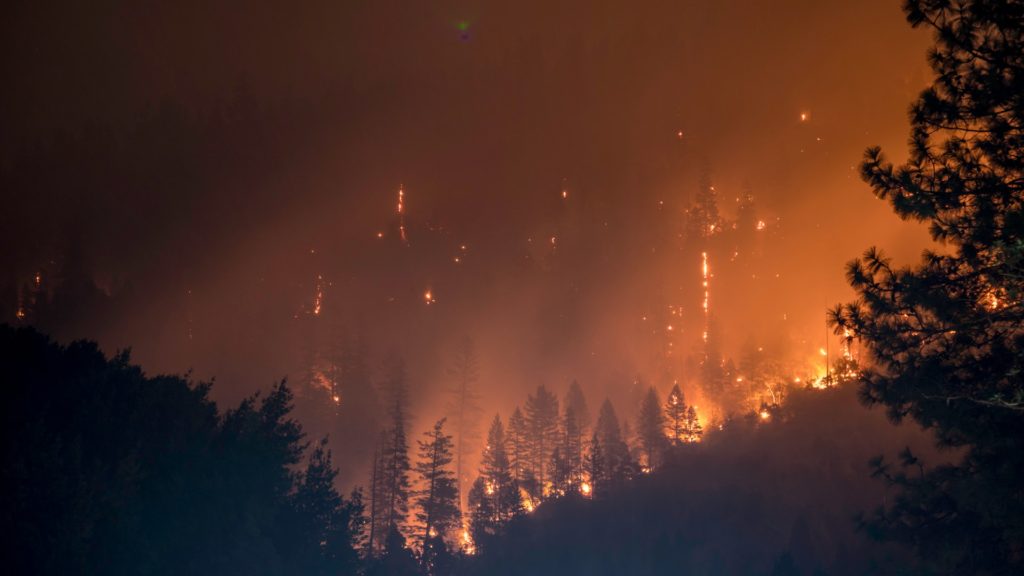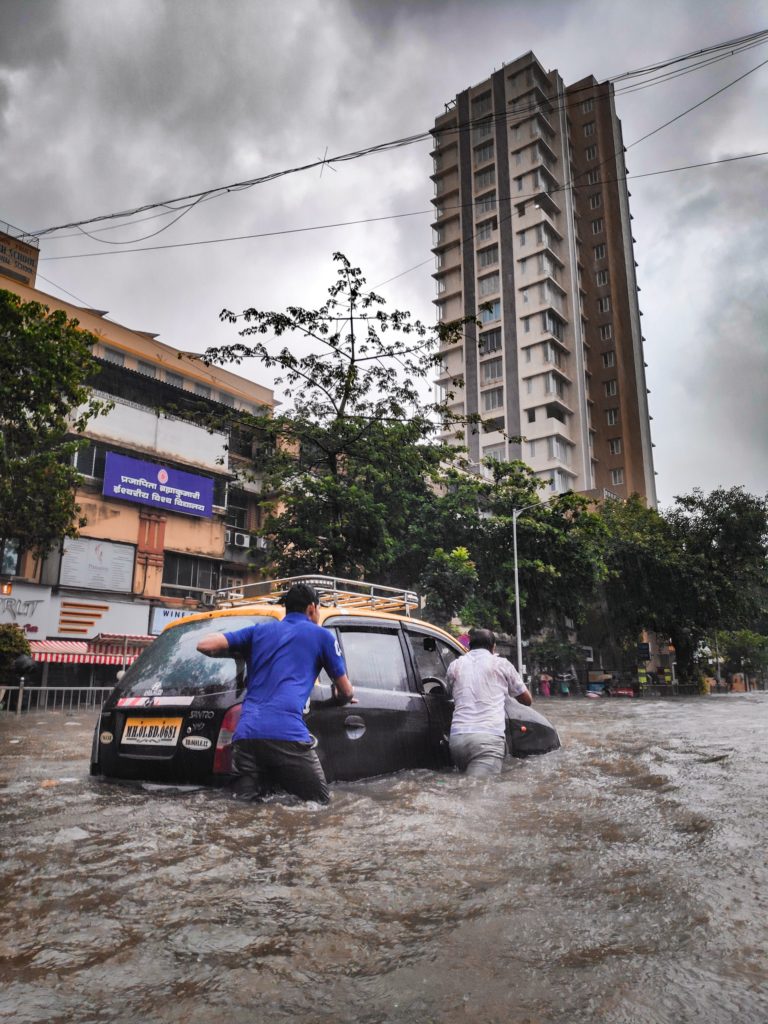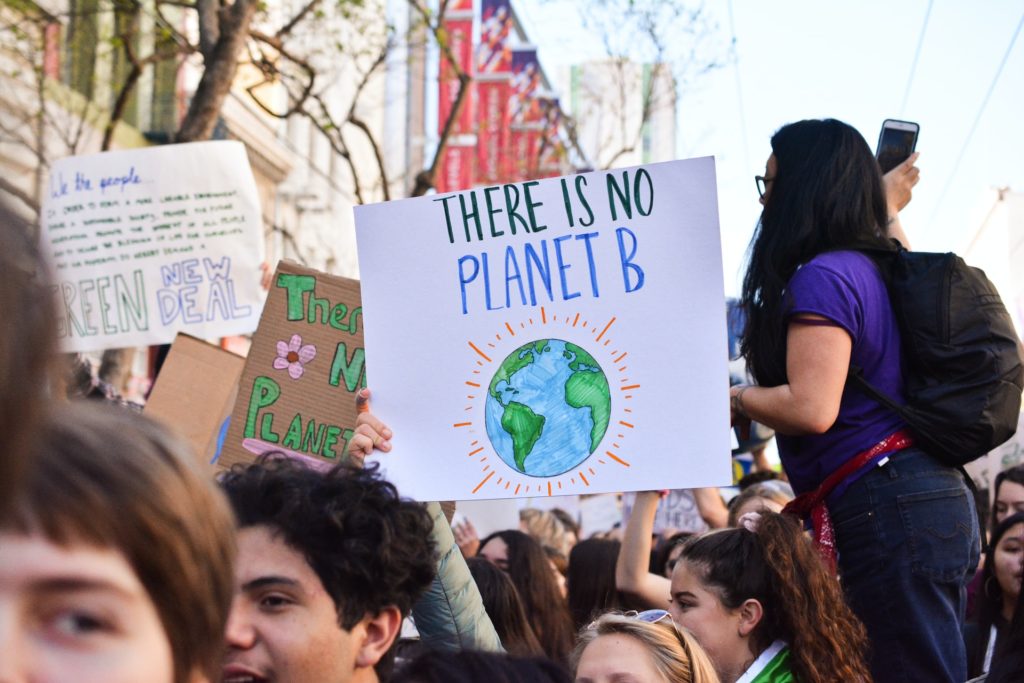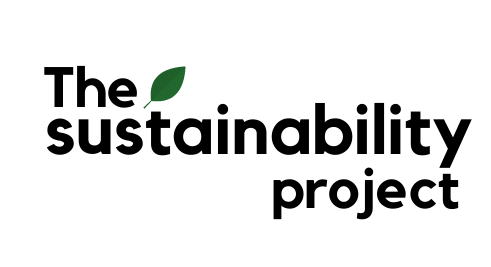Australian bushfires, of which the recent 2019-2020 season was named “black summer” for its destructive power, taking up to 3 billion wildlife casualties on top of an estimated loss of 33 human lives.
Intensifying hurricanes in the Atlantic, with 2020 having the most storms recorded, of which the cost of damages was estimated to be tens of billions dollars and recorded fatalities being at least 400. Unusual snowfall patterns were observed in many parts of the world, of which Texas made the headlines recently for its power outage threatening human safety, especially in a COVID-hit world.
What do all the above have in common? They are examples of extreme weather changes, something we are starting to experience more frequently.

Damages due to climate changes are increasing around the world. These changes impact our sources of income, health risks, food and water security, and habitable land areas. However, some are more insidious, such as aggravating inequality, which may be a contention for future conflicts. With these, there is a group of people who would suffer heavily from climate change – the climate refugees.
Who Are The Climate Refugees?
So, what does “climate refugees” mean? They are “people displaced by adverse environmental changes that affect their quality of life.
Millions are displaced each year from weather disasters. In the first half of 2020 alone, weather disasters displaced 9.8 million people, with India facing the highest population of internal displacement at 2.7 million. These figures could be higher, as displacement mainly due to climate hazards is hard to isolate from displacement arising from a combination of factors.
Climate Refugees Are Not Recognized
Did you know that climate refugees are not awarded humanitarian reliefs, because they are currently not recognized in international law?
This is because the climate or environment changes were not recognized to affect refugees’ movement in the 1951 Refugee Convention. Even as recently as 2018, the United Nations’ (UN) representative to the Global Compact for Safe, Orderly and Regular Migration stated that UN members were not ready to grant “specific legal international protection to climate-induced migrants.”
Additionally, the challenges posed by climate refugees intersect complex areas, from politics to terrorism. Such issues are difficult for world leaders to address. One example is Syria, where natural water scarcity was compounded by poor planning and increased droughts influenced by climate change. This led to displacement and finally, political unrest.
How Does This Concern Me? Newsflash: We Might End Up as Climate Refugees
The effects of climate change are not distributed equally across countries and regions. Even within the same area, it can be felt differently for people with different socioeconomic status. Studies have shown that low-income countries are typically the most susceptible to climate change. This includes Africa and Southern Asia, currently the poorest regions in the world, where many people are already suffering from the lethal effects of rising temperatures and extreme weather.

Southeast Asia, in particular, is singled out for being prone to displacement due to the projected rise of sea levels, intense cyclones and rainfall patterns leading to floods in low-lying regions. At the same time, many people from the rural and coastal areas are migrating into the city areas. This movement stresses existing physical and societal structures, to further impact the areas’ climate resiliency.
We are not an exception. Singapore is also vulnerable to climate change.
What makes Singapore vulnerable is that most of its land areas are low-lying and densely-populated. The Meteorological Service Singapore also reported that we are warming up twice as fast as the rest of the world, at 0.25 degree Celsius per decade currently. Our high humidity forms a deadly combination with the heat retained by our roads and buildings. As such, heat-related illnesses are expected to increase when hot and dry weather becomes the norm in the future.
An extended period of dry weather can threaten Singapore’s water security, which was what happened when the water level in Malaysia’s Linggiu reservoir dropped to a historic low in 2016. Singapore currently draws 250 million gallons of water per day from this reservoir.
Transboundary haze, a yearly affair for Singaporeans, may become more prolonged or frequent when our neighbours have increased incidences of forest fires due to drier weather. Not only will this impact productivity in Singapore due to curfews at hazardous levels, citizens’ health is also compromised.
Rising sea levels remains one of Singapore’s challenges. Currently, Singapore’s coasts face an average sea-level rise of 1.2 to 1.7mm per year. However, mean sea level could reach about 1m by 2100 – even more considering the acceleration of melting rates of glaciers in areas like Greenland. Being an equatorial island, the effects from the melting ice at the poles are also amplified.
Our National Climate Change Secretariat is ensuring that Singapore’s climate resilience remains up-to-date. The range of reach encompasses areas from network infrastructure to food security. Hence, we may be able to cope with the effects for some time, in comparison with our neighbors. However, that does not mean we are entirely protected from climate change or the influx of climate refugees into our country.
Steps You Can Take to Help Climate Refugees
Reevaluate our attitudes towards the extent of climate change.
Apathy towards climate change is a thing, even though news on the effects of climate change is becoming common. One explanation for this phenomenon is the combination of mental discomfort, created by the thought that our daily activities are responsible for climate change, and “not in my backyard” mentality, as people feel that climate hazards are not happening locally. The effects of climate change feel abstract and distant for many Singaporeans, but if we look at our vulnerable communities, we can see where seemingly inconsequential changes have already affected them.

Take action, from educating ourselves to taking action – even demanding for accountability from the powers that be.
When speaking about climate action, there tend to be a focus on purely environmental changes. However, climate change is also about equality and rights for marginalized communities – this is known as “climate justice”. Hence, by simply volunteering for local causes supporting these groups, such as organizations dealing with food donations, or supporting migrant workers, we can understand how solutions to climate change can be made better and not at the expense of people already affected severely by them. We can participate in active citizenry, via platforms like REACH and A Good Space, and supporting environmental activism. One prominent example is SG Climate Rally, which held the first physical climate rally in 2019.
Educating ourselves on international efforts helps put perspective to the extent of displacement due to climate change. Climate Refugees and UN High Commissioner for Refugees are two examples advocating for and helping climate refugees around the world. Donating to these organizations can help fund their causes.
Make small changes to our habits to reduce energy consumption and waste production.
One way, for example, is to re-think our use of electricity, such as our relationship with air-conditioning. Singapore has a higher air-conditioner installation per capita than its Southeast Asia counterparts; the use of air-conditioning contributes to 19 percent of Singapore’s carbon emissions in 2020. In this case, we can opt to raise the temperature of our air-conditioners and make sure the air-conditioners are maintained regularly for higher energy efficiency. Better yet, we can opt to use fans.
The actions of companies and organizations contribute greatly to the direction of climate change.
As the relationship between businesses and consumers is two-way, companies and organizations have a role in influencing and shaping consumer behaviour. This includes reinforcing new, helpful beliefs.
Decision-makers can start by committing to reducing the carbon footprint of the business. This means ensuring that there are rigorous targets and commitment to the cause. One example is to incorporate climate change resiliency in the product development process and green technologies. This shift makes economic sense as well. It ensures competitiveness and buffers against unexpected losses in a world affected by climate change.
Climate change is a big issue; the cost of adaption for Asia and the Pacific is an estimated $40 billion annually up to 2050. Clearly, inaction is not an option. It is easy to lose hope, because the impact of climate action is not immediate – according to a study, even the most drastic cut to carbon emissions will only have significant impacts manifesting after 25 to 30 years at the most optimistic estimates.
That does not discount the fact that it is our obligation, especially those coming from a place of privilege, to do our part for future generations. In the meantime, all we can do are to take action. We need to prepare for a world where more climate refugee will be displaced from their homes.


This is a very educational and timely article. For those of us who still don’t think all the hype about climate change is warranted, this article helps us see more clearly why the issue is more serious and urgent than we like to think. Please spare a little time, to read and give a serious thought to all the signs that our world is giving us; and that we really need to start thinking about what changes we can make (and acting), to save ourselves and future generations.
Thanks for Post..i really learned something. Keep it up……
Explained very deeply in your poster-design blog. Hope many more posts like Clipping Paths from you
Everyone knows climate change impacts our environment how much badly. You have shown fir in jungles, flood in the city is the result of climate change. Hopefully, one day people will understand the bad impact of climate change and they will stand out.